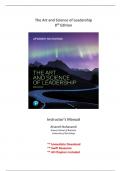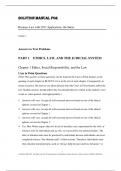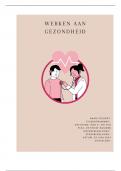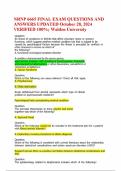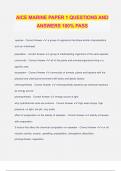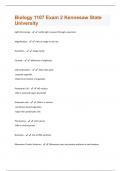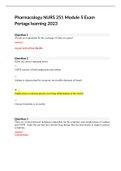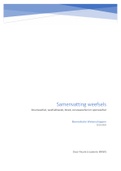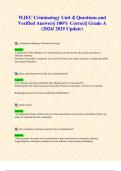Tentamen (uitwerkingen)
Solutions for The Art and Science of Leadership, 8th Edition Nahavandi (All Chapters included)
- Vak
- Instelling
Complete Solutions Manual for The Art and Science of Leadership, 8th Edition by Afsaneh Nahavandi ; ISBN13: 9780138123666. (Full Chapters included Chapter 1 to 10)....1.Leading in a Turbulent World: Definitions and a Roadmap 2.Foundations of Modern Leadership 3.Leading with a Cultural Mindset: Cu...
[Meer zien]
